Description
The Large African Sideneck Turtle, also known as the African Helmeted Turtle (Pelomedusa subrufa), is a distinctive and intriguing species of freshwater turtle. Here are key details about this african tortoise:
Buy African Tortoise
Physical Description
- Shell: The shell is oval and moderately domed, typically brown or olive with a slightly serrated rear edge. The plastron (bottom shell) is yellowish and lacks a hinge.
- Size: Adults generally range from 8 to 12 inches in length.
- Neck: Unlike many turtles, it cannot retract its head straight back into its shell. Instead, it folds its neck sideways under the shell, which is characteristic of sideneck turtles.
Habitat
- Range: Native to a wide range of sub-Saharan Africa, from Senegal to South Africa and Madagascar.
- Environment: Inhabits slow-moving rivers, ponds, marshes, and other freshwater environments. They are adaptable and can survive in seasonal wetlands and temporary pools.
Behavior
- Diet: Omnivorous, feeding on a variety of aquatic plants, invertebrates, fish, and carrion. They are known for their opportunistic feeding behavior.
- Activity: Primarily aquatic but will venture onto land. They are active during the day (diurnal) and often seen basking.
- Lifespan: Can live up to 25 years or more in captivity with proper care. african tortoise
Reproduction
- Breeding Season: Breeding typically occurs during the rainy season when water levels are higher.
- Nesting: Females lay eggs on land, in nests dug in sandy or loamy soil. Clutch sizes can vary but generally contain 8-20 eggs.
- Incubation: Eggs incubate for about 60-90 days, depending on the temperature.
Conservation Status
- Threats: Habitat loss, water pollution, and capture for the pet trade are significant threats. In some areas, the large African side neck turtle are also hunted for food.
- Conservation Efforts: Efforts include habitat protection, legal protection from capture and trade, and initiatives to raise public awareness about the species and its ecological role.
Care in Captivity
- Aquarium Setup: Requires a large tank with both a spacious swimming area and a basking spot. They need access to UVB lighting to ensure proper calcium metabolism and overall health.
- Water Quality: Maintaining clean, filtered water is crucial to prevent infections and other health issues.
- Diet: Should be fed a balanced diet of commercial turtle pellets, leafy greens, and occasional protein sources like insects or fish.
- Behavioral Enrichment: Providing hiding spots, varying the diet, and occasionally changing the environment can help keep these turtles stimulated and healthy.
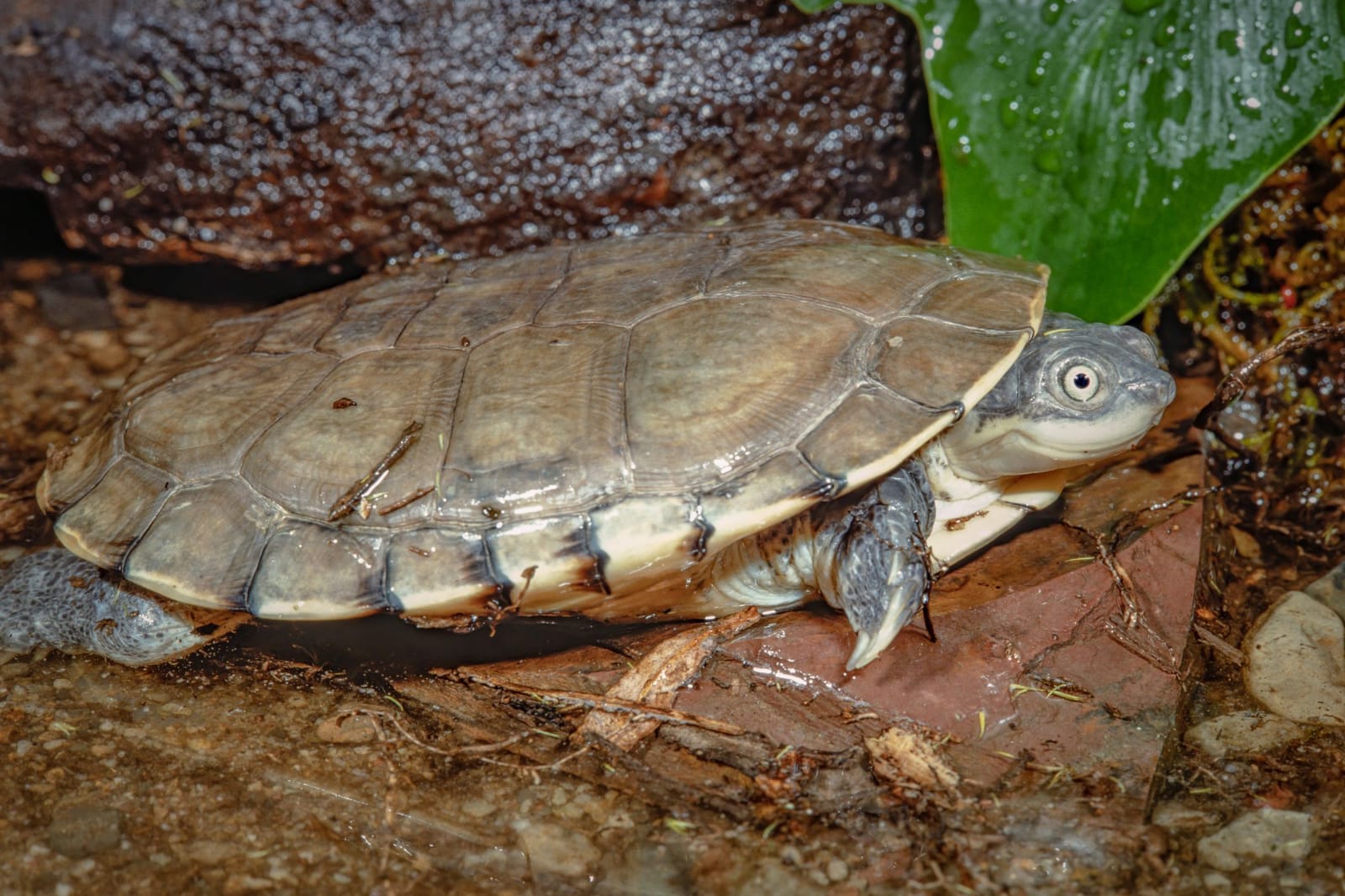
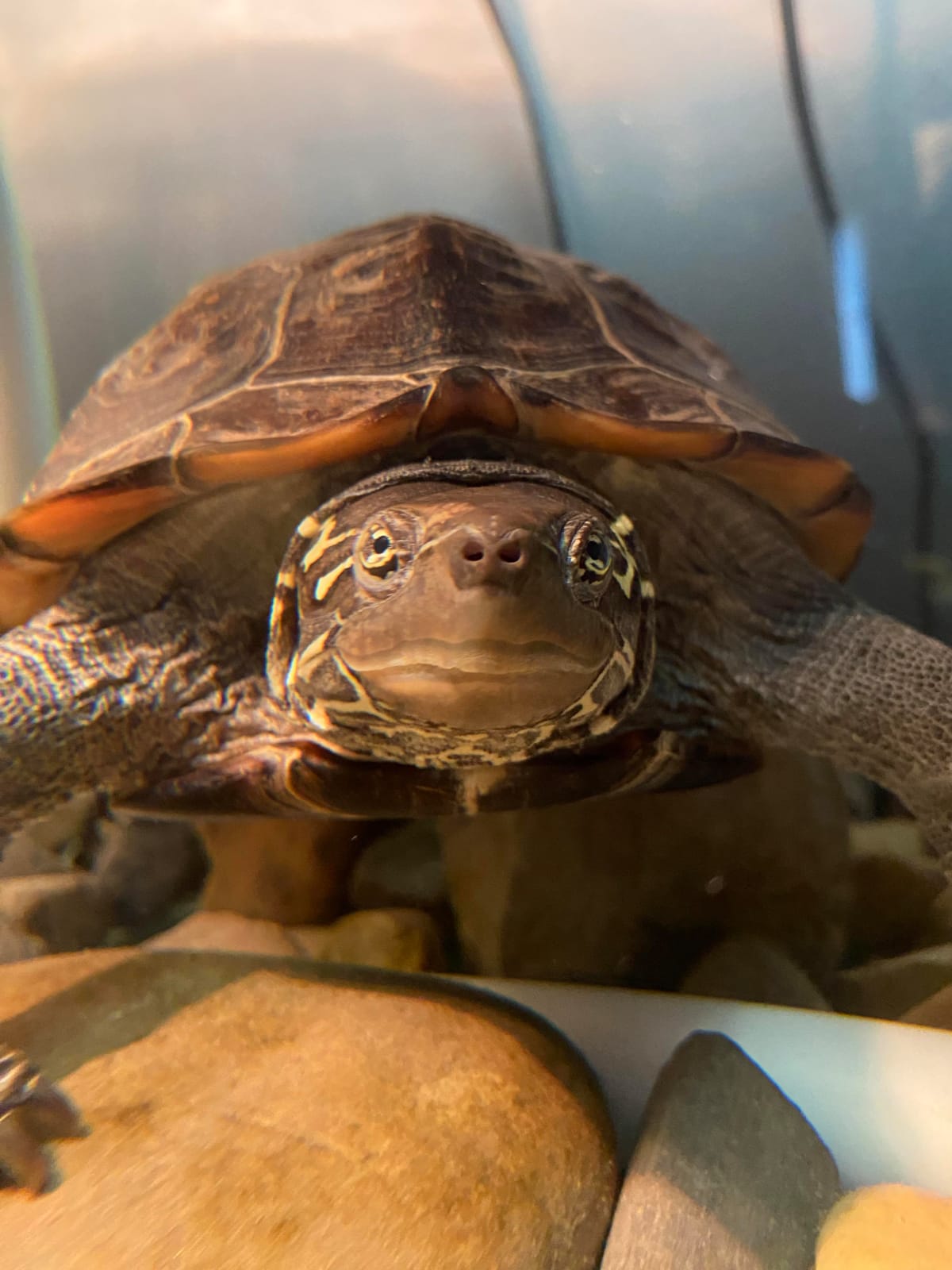
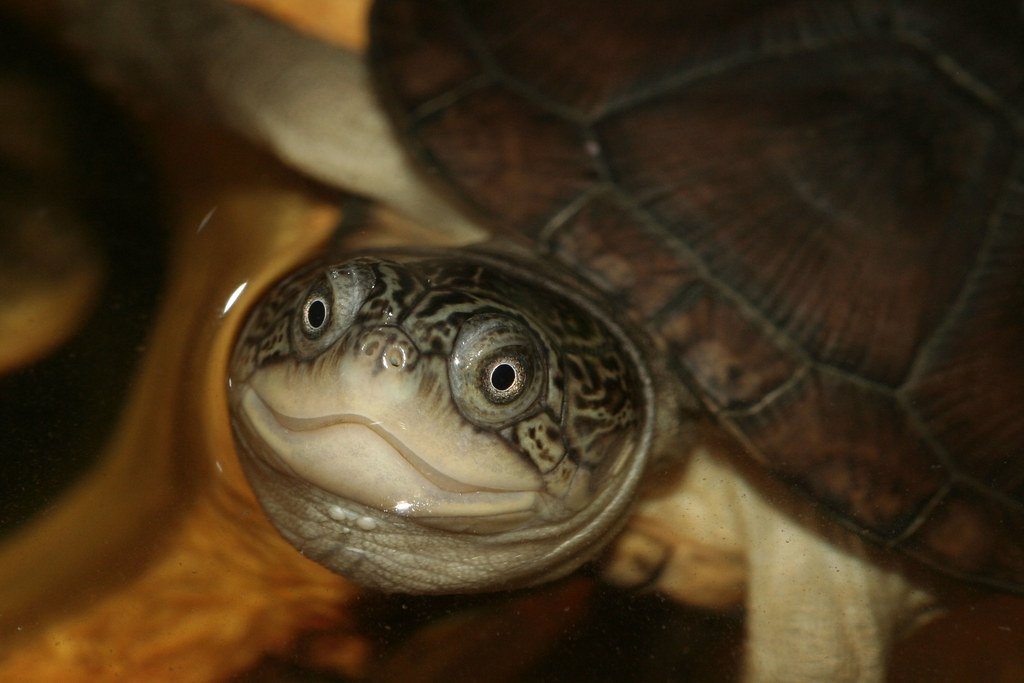
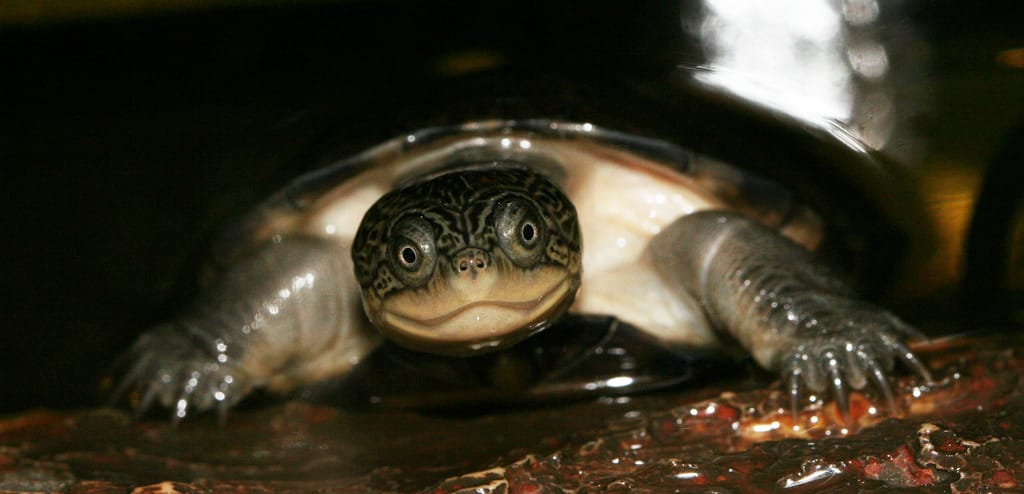
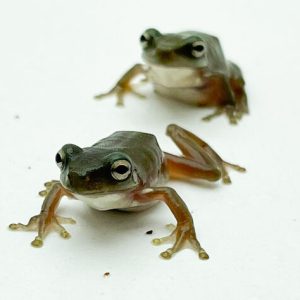
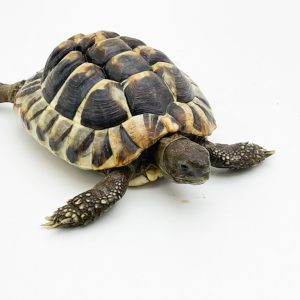
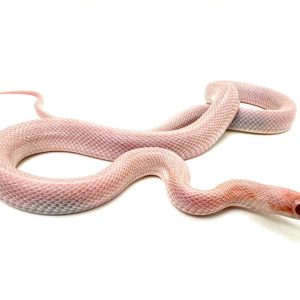
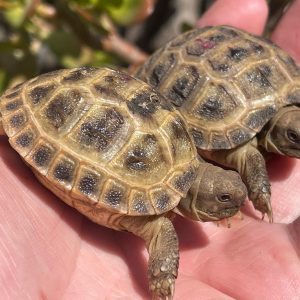
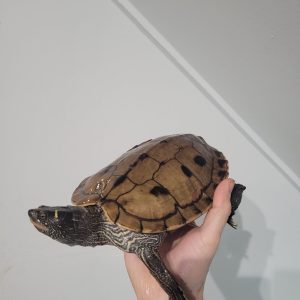
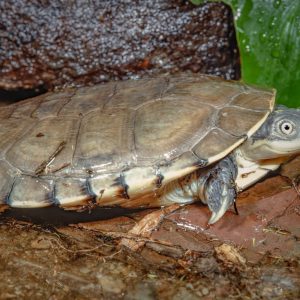
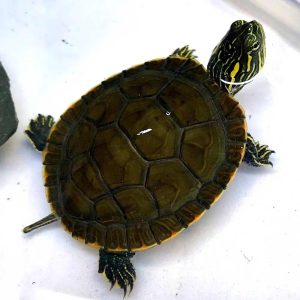
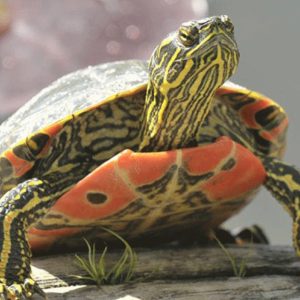
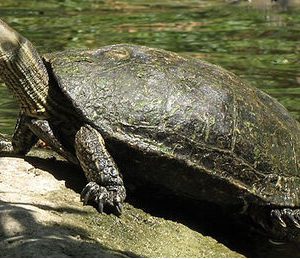
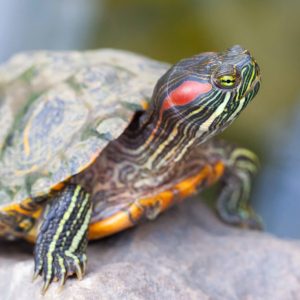
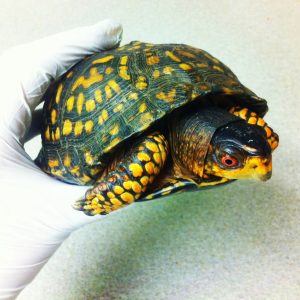
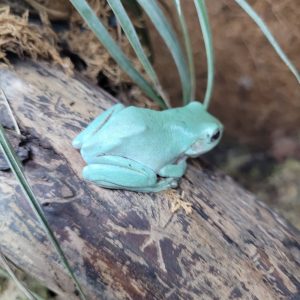
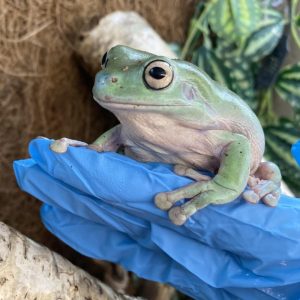
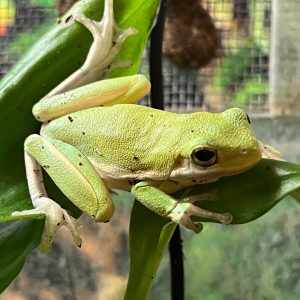
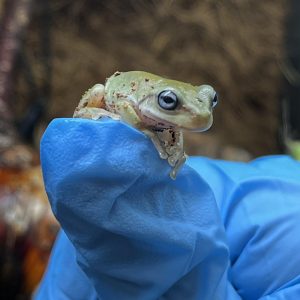
Reviews
There are no reviews yet.